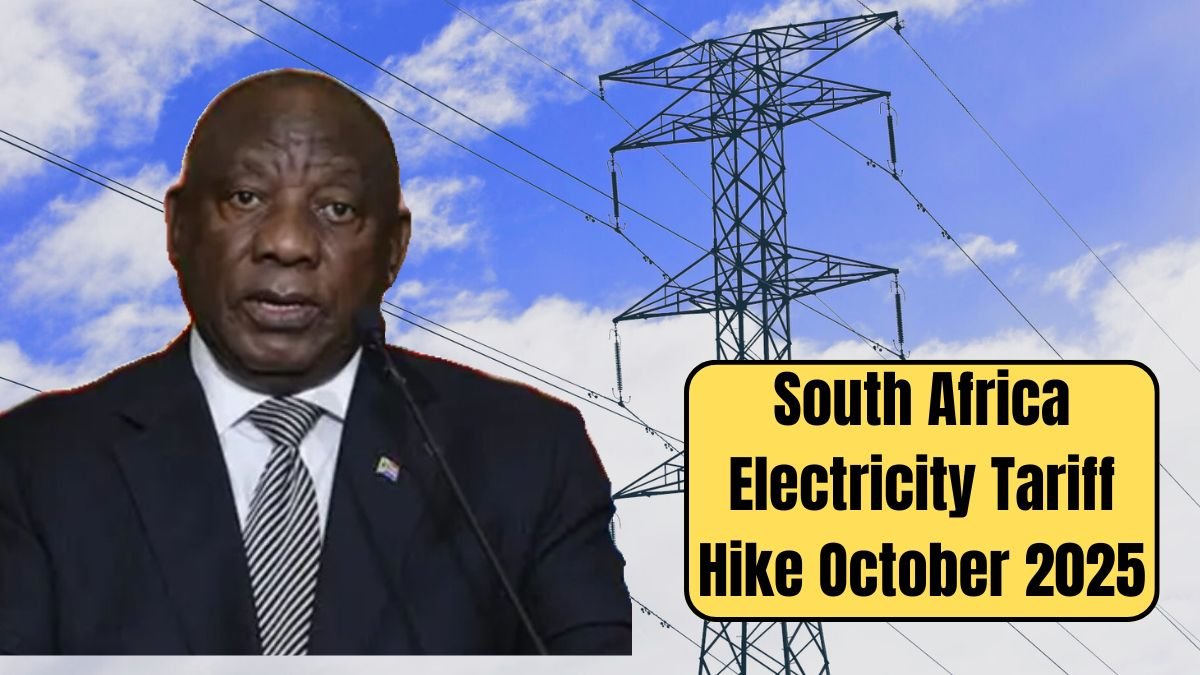In anticipation of an October electricity price hike, South Africa’s homes and businesses will be preparing for these price increases upon higher costs of living.
Metering Units Confirms Tariff Increase
Following the revenue application from Eskom, the esteemed NERSA confirms and enforces by national implementation the said tariff escalation effective 1 October 2025. The regulator points to the necessity of the adjustment with reference to the continued operation of Eskom, including infrastructural upgrade costs and liabilities for debts. Besides, Eskom had applied for a much greater tariff hike, but the Authority went ahead to allow an average increase of 9.2%, whereas the date for implementation would be October 2025. The Authority considered that the decision would assist the continued financial viability of Eskom, but would not preclude consumer affordability.
Effect on Households
For an average South African, this increase will, from October, translate into increased electricity bills by the month. On average, households may therefore expect to pay extra electricity bills of:
- An extra R180-R250, based on usage.
- An increment per unit for prepaid customers will be small, but the burden sets in with time.
- These increases at present are being effected at times when many families are already wrestling with food prices, fuel prices, and municipal rates, hence considerations of affordability and possible household debt.
Effect on Businesses and the Economy
- The tariff hike weighs not only on households but also on small businesses and industries. Many small enterprises, such as bakeries, salons, and shops, which are heavy users of electricity, will be confronted with increased operating costs.
- Bigger industries tend to plead that higher electricity tariffs will affect competitiveness, especially in the mining and manufacturing sectors, possibly leading to job losses or diminished economic growth opportunity.
- In the shorter term, the raise can help stabilize Eskom’s finances, without doubt; however, it may very well accelerate inflation, thus exerting more pressure on the economy.
Why the Increase Could Be Approved
According to NERSA, there remained no alternative whatsoever for raising tariffs as a consequence of Eskom’s financial challenges:
- -Eskom is increasing debt obligations upon which it has to make repayments.
- Maintenance and further upgrading of infrastructure, besides installation and transmission lines.
- Diesel and other alternate energy costs coming in during load-shedding.
- Revenue alternations due to non-payment of municipalities and electrical theft.
According to NERSA, this increase is set to ensure the stability of electricity supplies, during the continued restructuring of Eskom, including the unbundling of generation, transmission, and distribution divisions.
Support for Vulnerable Groups
In order to cushion the poor, the Government declared free basic electricity through municipal schemes. SASSA grant recipients and households in low-income groups are encouraged to apply for subsidies through their municipal offices.Other than this, the government considers fast-tracking the portal for renewable energy solutions and household solar subsidies, which would essentially lighten the heavy.
also read : R560 SASSA Grant 2025 – Who Qualifies and When Payments Will Be Made
